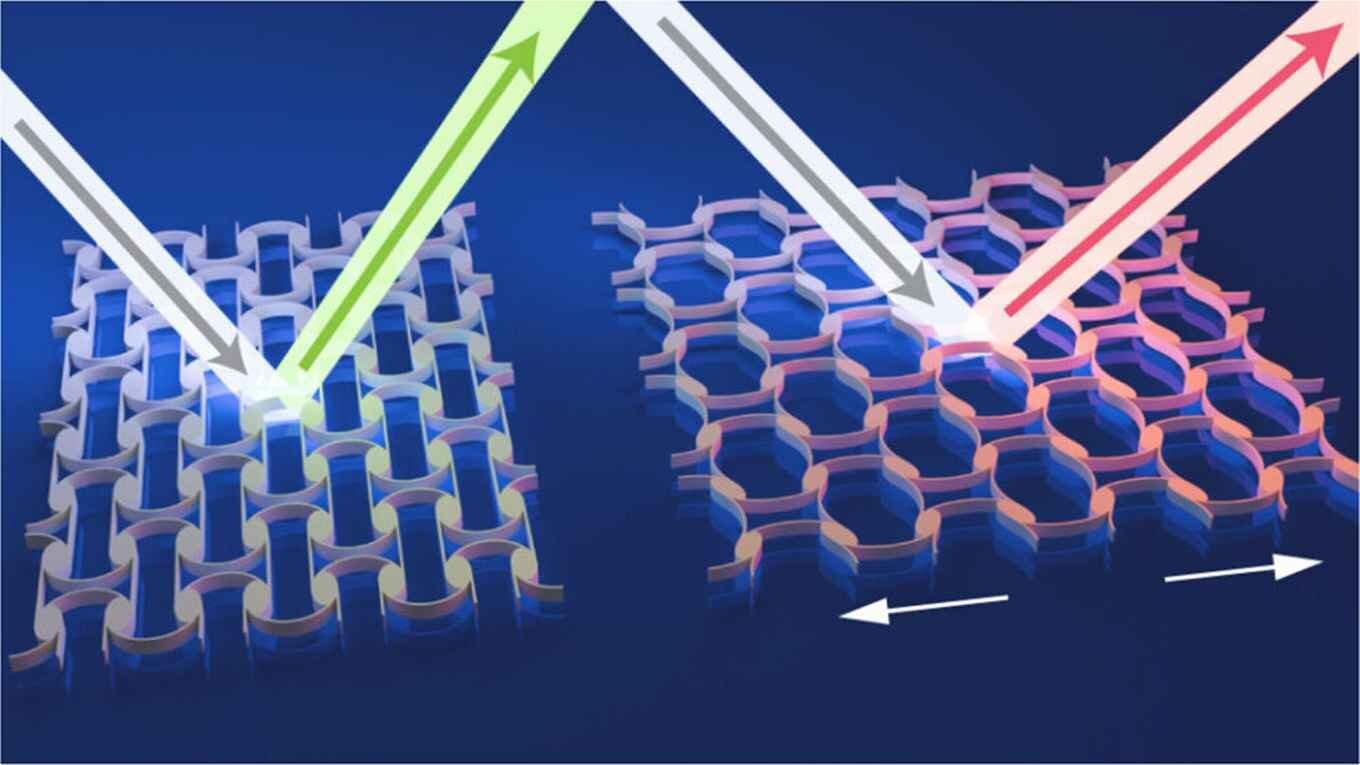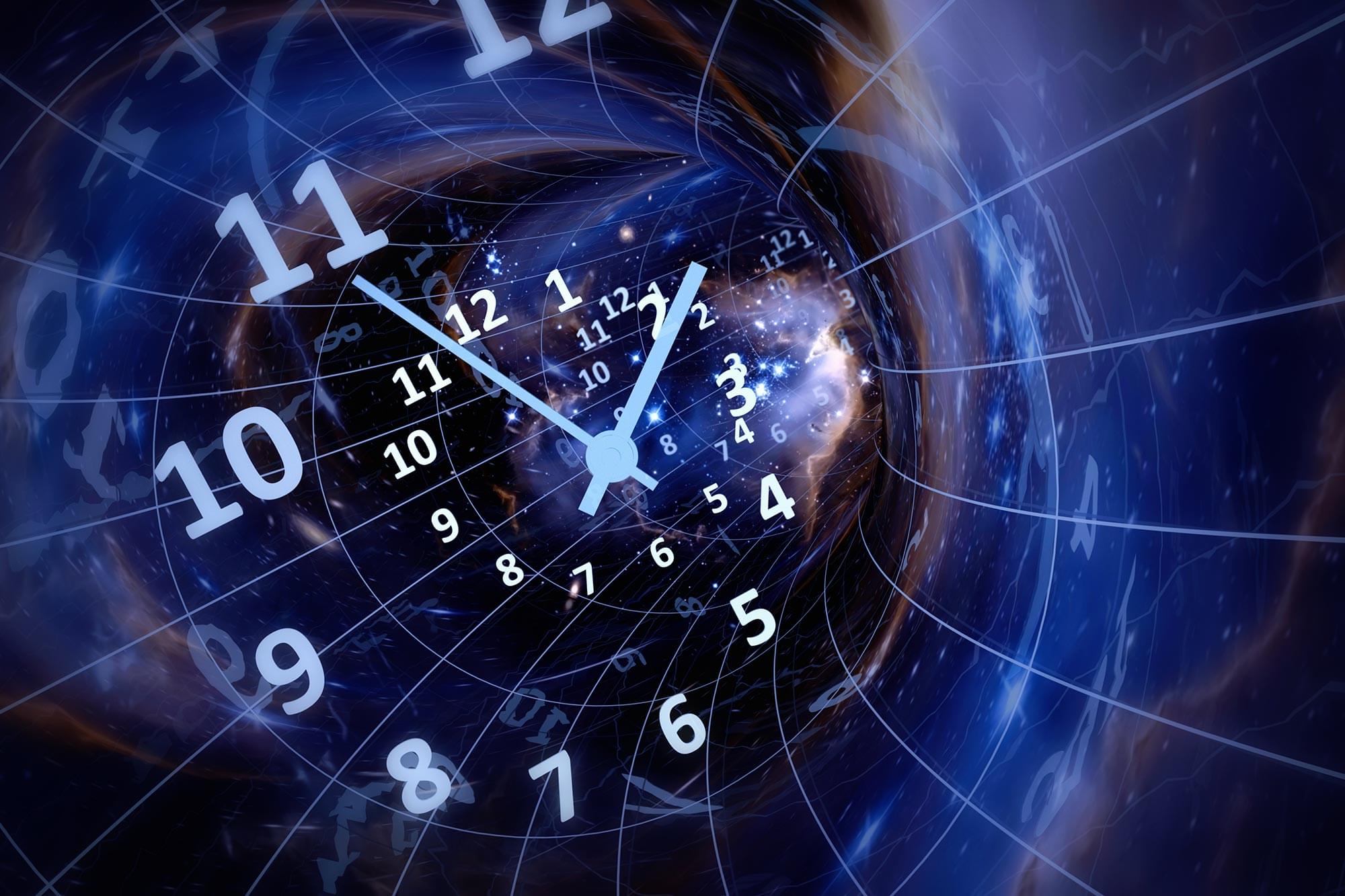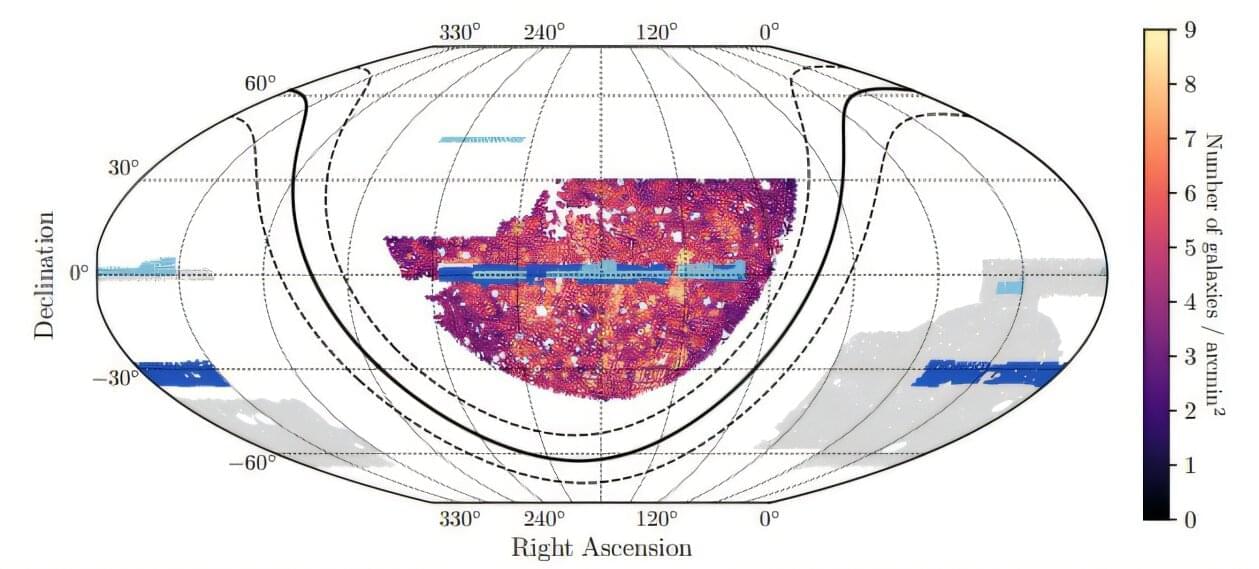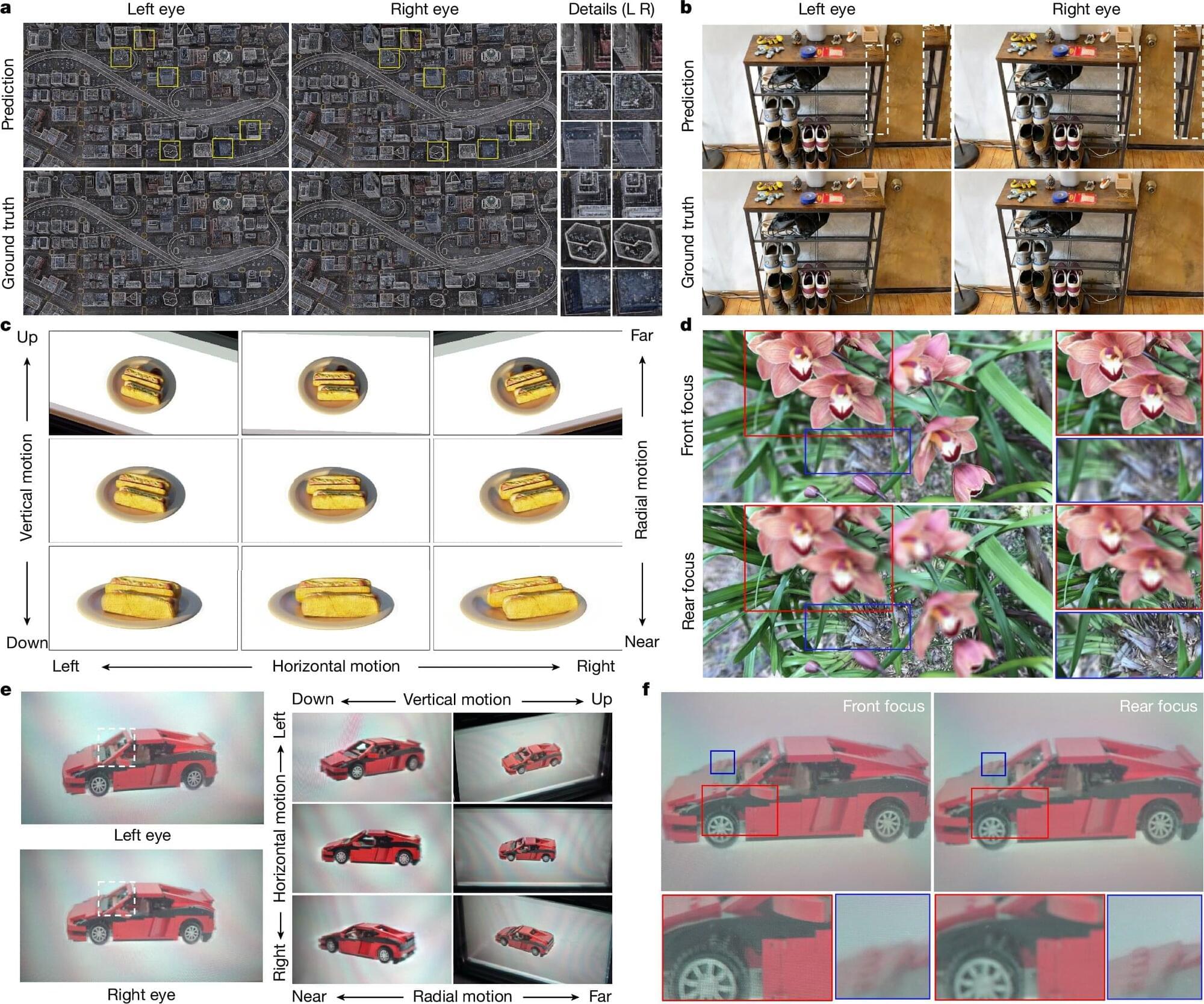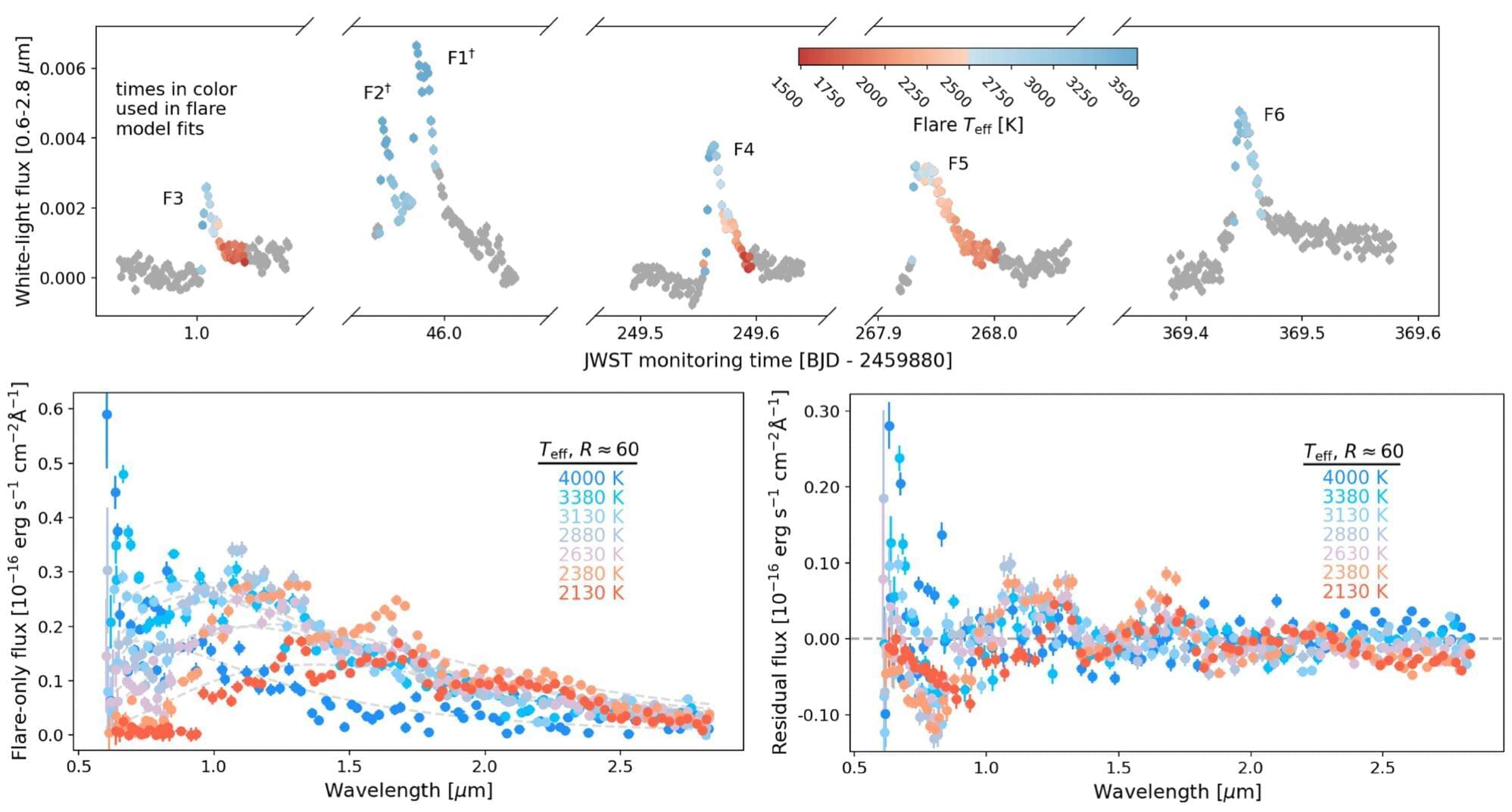Inspired by the Japanese art of kirigami, a team of scientists from the University of Amsterdam have developed a material that can reflect different colors of light, depending on how it is stretched. The results were recently published in the journal ACS Photonics.
Similar to its perhaps better-known cousin origami—the Japanese art of folding paper—kirigami is an art form in which paper is both folded and cut. The jaw-dropping three-dimensional designs that kirigami artists create, inspired a team of physicists from the University of Amsterdam to design an equally spectacular type of material: one that smoothly changes its color when it is stretched.
